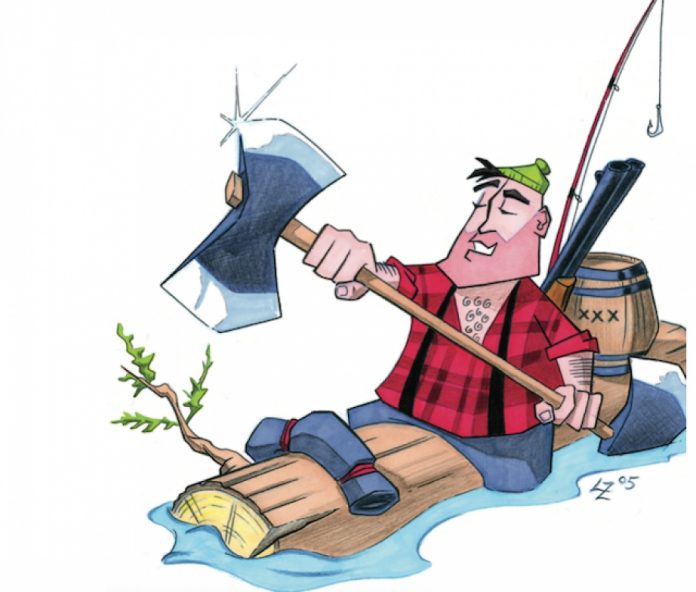Most kayakers who have done any amount of wilderness paddling are some shade of green. I refer not to seasickness, but to environmental outlook. These green hues range from feeling vague warm fuzzies toward all things natural to engaging in radical activism. Sadly, many greens, of all stripes, come to regard loggers as implacable enemies of the earth.
Your actual working logger is not usually the one making high-level decisions such as how much—if any—old-growth we should cut or how much timber companies should pay to log public lands. Indeed, when loggers lose their jobs, it’s often because of bad decisions other people have made which led to over-logging. Yet I’ve sat around some campfires and listened to righteous greens, heavily into their cups of herbal tea, dismiss loggers as Neanderthals whose axes happen to be steel rather than stone.
The truth is that some loggers I’ve met have a knowledge of forest life-cycles comparable to that of many ecologists, and superior to that of a lot of weekend eco-warriors. Once, I even encountered some loggers who were fellow kayakers…
I’d been camped for a couple of days on a beach in the lee of a small cape that juts out into the Pacific Ocean. It’s on a wild, lonely, and lovely part of the B.C. coast; the sort of place where full-grown trees are sculpted like bonsai by the winds sweeping in off the open ocean. It’s not the sort of place you see a lot of paddlers, so it was with interest that I noticed a pair of kayaks appear around the point, plugging steadily through some pretty lively seas. My interest increased as they got closer. The boats sat so deeply in the water they resembled those frogman-guided torpedoes used in the Second World War. But, as I would soon learn, these boats were not swamped; they were simply properly loaded for Paul Bunyan camping.
The pair waved cheerfully to me as they landed. Each slipped a folding wheelset on their boat. With such heavily-laden craft, the wheels promptly dug in like skids, ploughing furrows through the wet sand. But this did not deter the strapping lads, both of whom appeared quite capable of besting John Deere himself in a tug-of-war.
With the boats above the high-tide line, one of the pair casually pulled out a shotgun and wandered down the beach to see if any waterfowl were available for plucking. The other proceeded to make camp, or rather, establish a homestead. First, he set up a large dome tent. Next, he dug in four driftwood logs around it. He then enclosed the tent in a roofed box built from five enormous blue tarps. Now, one tarp over a tent to reduce condensa- tion is not an unusual sight on the rainy and cold outer coast. But I’d never seen the full plastic-bun- galow approach before (or since). It left me wondering why he bothered with the tent.
The mighty hunter returned. No duck or goose had accepted the invitation to dinner. No matter. They would eke out a meal from the 25-pound salmon they’d caught earlier.
To cook it, they built not so much a campfire as a Viking funeral pyre. As the fish baked on its plank, one of them produced a pil- low-sized bag of B.C.’s largest cash crop and proceeded to build a joint with dimensions that would have met NFL regulations for an official pigskin. They politely offered me a toke, but I had to decline. I suffer not so much from Reefer Madness as from Reefer Mellowness; the only time I’d accepted similar hospitality, my pad- dling mileage had been cut in half for two days afterward.
To accompany this appetizer, a 40-ouncer of whiskey appeared as an aperitif. This being more familiar territory for me, I gladly accepted a glass — and then another, and then another. At one point I expressed reservations about the inroads we were making into their liquor supply. Not to worry, one of my new friends assured me with a rib-rattling slap across the back; they had a full bottle for each day of their trip.
It had come out in conversation that Dwayne and Wayne were loggers. I managed to concentrate fiercely and refrain from singing Monty Python’s “The Lumberjack Song.” But I could not resist asking them about how they’d gotten into kayaking—I’d always stereotyped lumberjacks as more comfortable on ATVs or PWCs. It was pure impulse, as Dwayne explained. He thought those funny-looking tourists were having fun so one day, flush with a bonus cheque, he dropped into the local kayak store and bought a boat, persuading his friend Wayne to do likewise.
Naturally, it wouldn’t have done to set off on a wilderness kayak trip without some prop- er training. So they had taken themselves (and I do mean themselves—they had no instructor) to a local delta to practice rough-water paddling. I’ve seen the river mouth they referred to and as it runs into the sea it produces icy standing waves I would never brave.
These were clearly men cut from a different cloth. Speaking of cloth, none of these fancypants fleeces, neoprenes, or waterproof-breath- ables for Dwayne and Wayne. Their jeans, cotton T-shirts, and wool mackinaws were good enough for logging—and so they were good enough for any real man when paddling, rain or shine, including the wet exits they’d done in the river.
With many outer coast kayaking trips under my sprayskirt (a lot of them solo), I had imagined myself to be a relatively rugged outdoorsy type. But compared to these two burly sons of the sawdust, I was clearly nothing but a foppish, Gore-tex-girded dilettante. Still, they evidently didn’t hold that against me, so it was with many mutual expressions of goodwill that we staggered off to our respective tents in the wee hours of the morning.
I awoke to silence. While I had slept in late, like the decadent city-type I was, the two hewers of wood had folded their tent (and tarps) and stolen away. They were lumberjacks, and they were OK.
Though clearly not as tough as he once considered himself, Philip still enjoys solo kayaking odysseys. And he still wears Gore-tex.
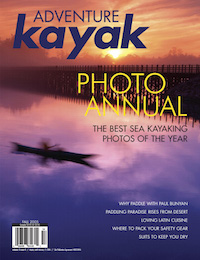 This article first appeared in the Fall 2005 issue of Adventure Kayak Magazine. For more great content, subscribe to Adventure Kayak’s print and digital editions here.
This article first appeared in the Fall 2005 issue of Adventure Kayak Magazine. For more great content, subscribe to Adventure Kayak’s print and digital editions here.
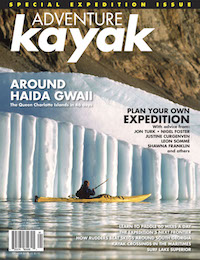 This article first appeared in the Winter 2006 issue of Adventure Kayak magazine. For more boat reviews, subscribe to Adventure Kayak’s print and digital editions here.
This article first appeared in the Winter 2006 issue of Adventure Kayak magazine. For more boat reviews, subscribe to Adventure Kayak’s print and digital editions here.


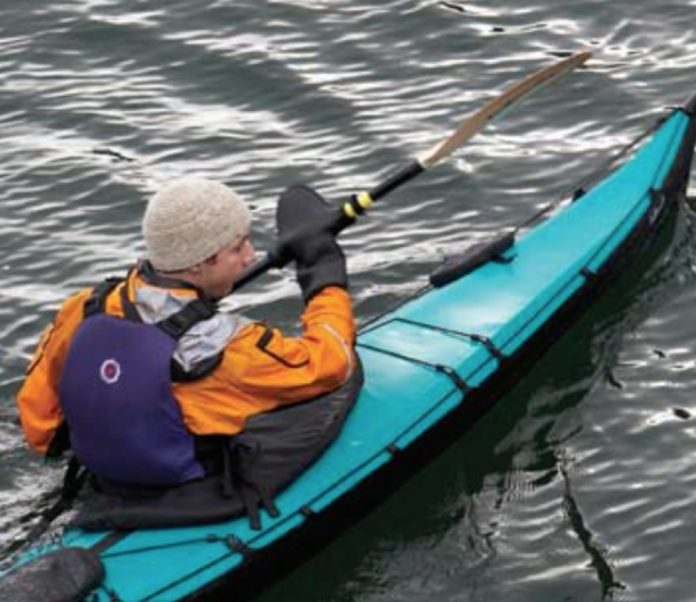
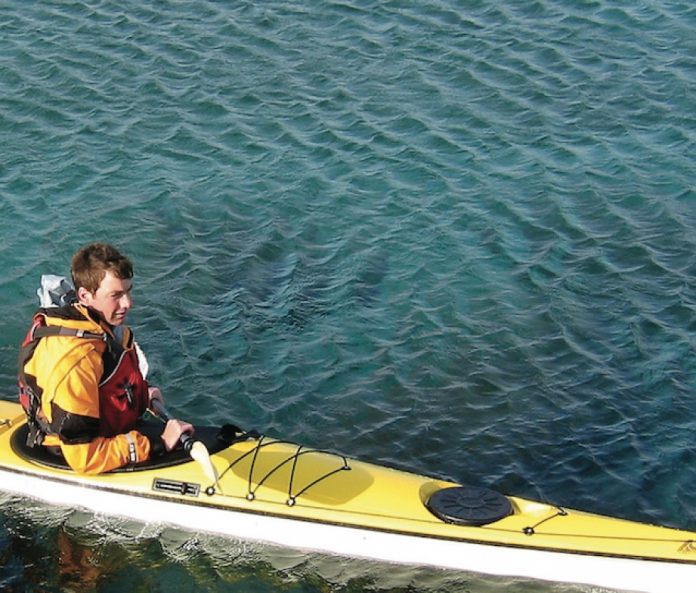
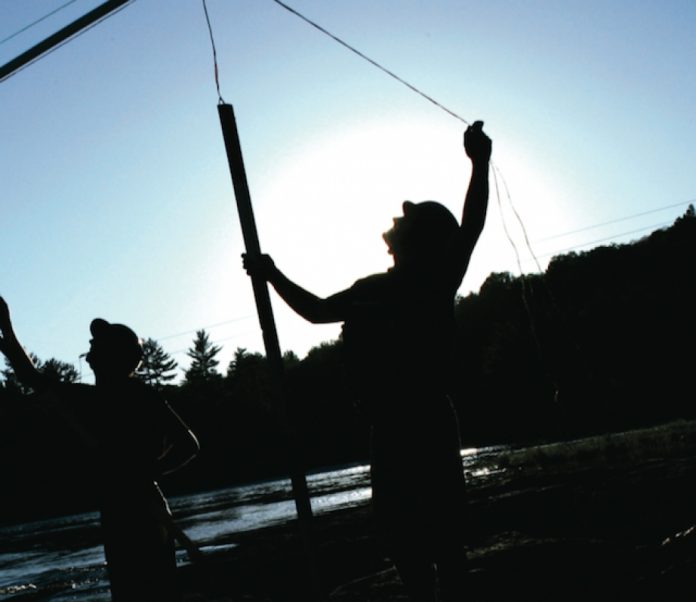
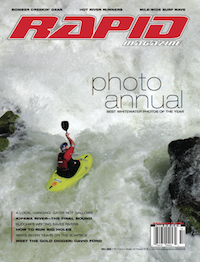 This article first appeared in the Fall 2005 issue of Rapid Magazine. For more great content, subscribe to Rapid’s print and digital editions
This article first appeared in the Fall 2005 issue of Rapid Magazine. For more great content, subscribe to Rapid’s print and digital editions 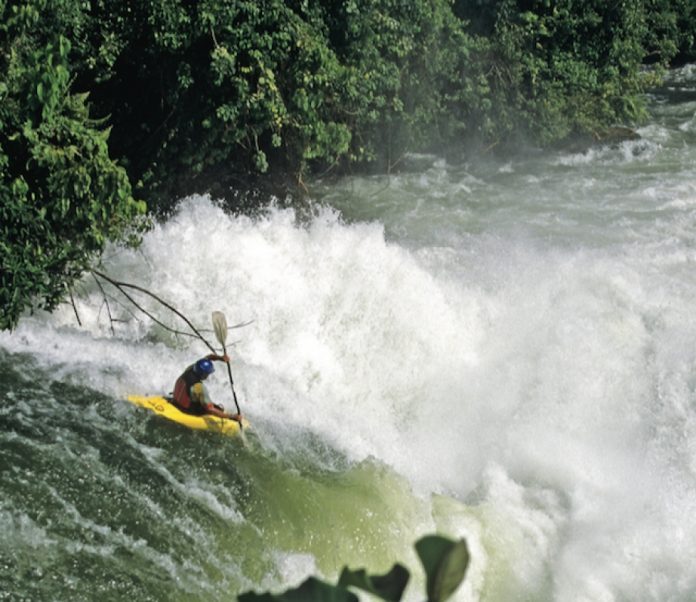

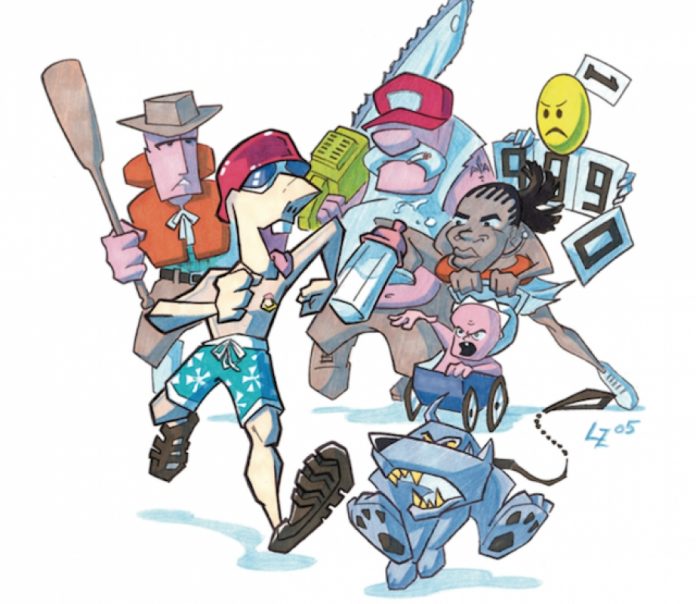
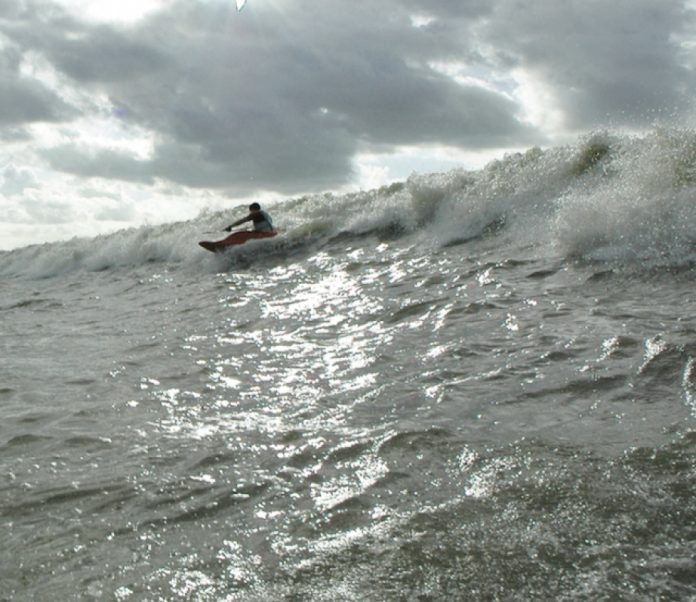
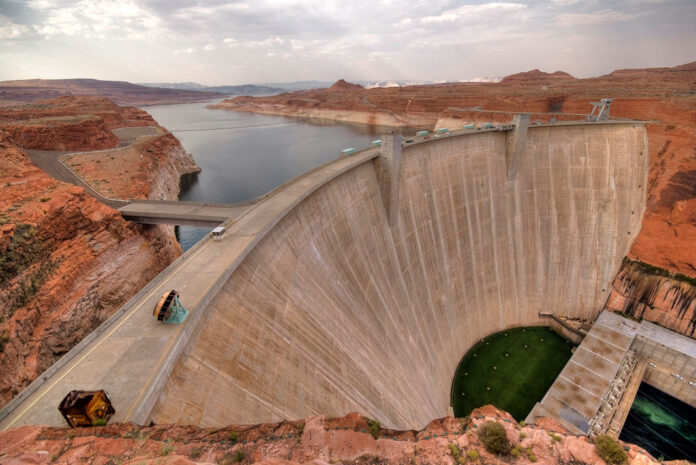
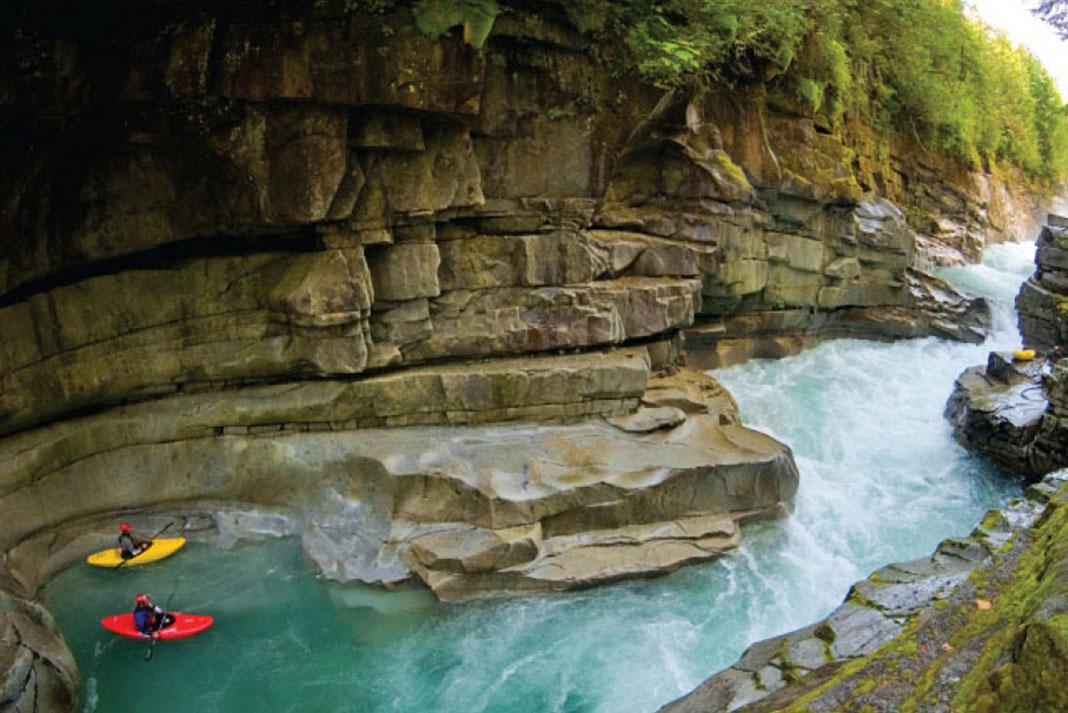

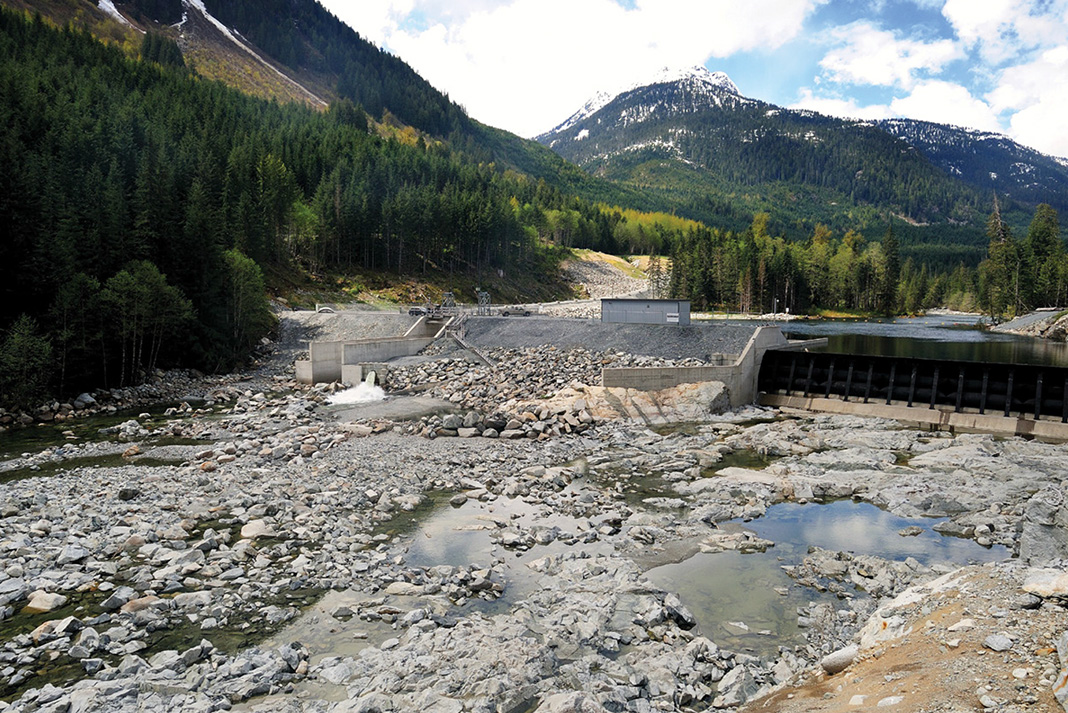
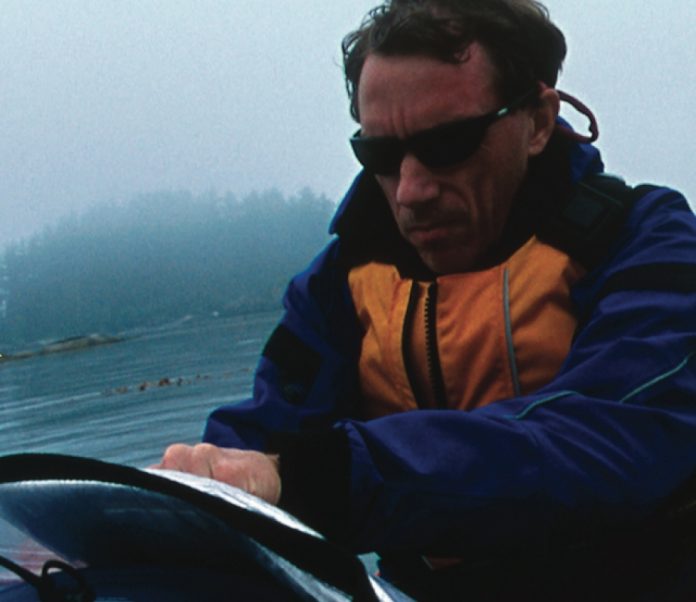
 This article first appeared in the Fall 2005 issue of Adventure Kayak Magazine. For more great content, subscribe to Adventure Kayak’s print and digital editions
This article first appeared in the Fall 2005 issue of Adventure Kayak Magazine. For more great content, subscribe to Adventure Kayak’s print and digital editions 